Bundle pricing

Bundle pricing or product bundling is a pricing strategy that involves offering multiple products or services as a package deal at a discounted price. This approach is commonly used in Ecommerce and Retail businesses as a way to increase sales, clear inventory, and differentiate themselves from their competitors. One of the main benefits of bundle […]
Price elasticity
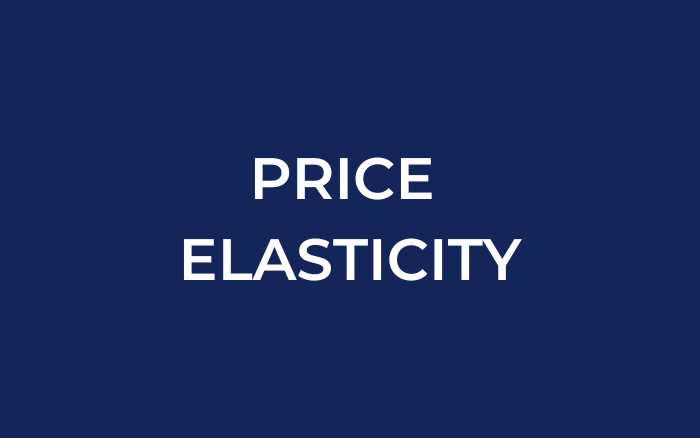
Price elasticity measures the change in demand when you change price of a product up or down. Price elasticity is an important factor to understand when you price your products. It helps you to set prices that capture the demand and let you optimize your market share. Price elasticity refers to the extent to which […]
Price optimization
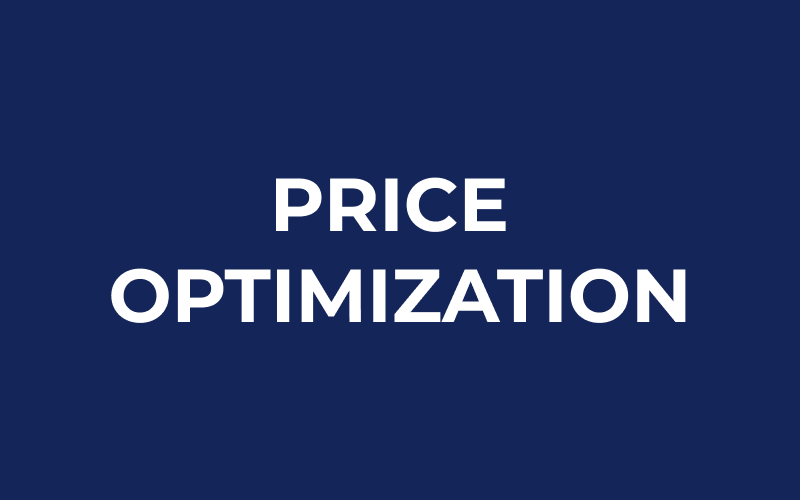
Price optimization involves analyzing market data, consumer behavior, and sales trends to determine the ideal price for a product. The goal is to balance maximizing profits with meeting consumer demands. This data-driven approach helps businesses set prices that achieve the right balance between affordability and profitability. Price optimization in ecommerce and retail In ecommerce and […]
Discount containment

Discount containment refers to the process of controlling the discounts offered to customers, so that they don’t eat into the company’s profit margins. This is particularly important for ecommerce and retail businesses, where discounts and promotions are often used to attract customers and increase sales. If discounts are not managed properly, they can quickly diminish […]
Odd pricing
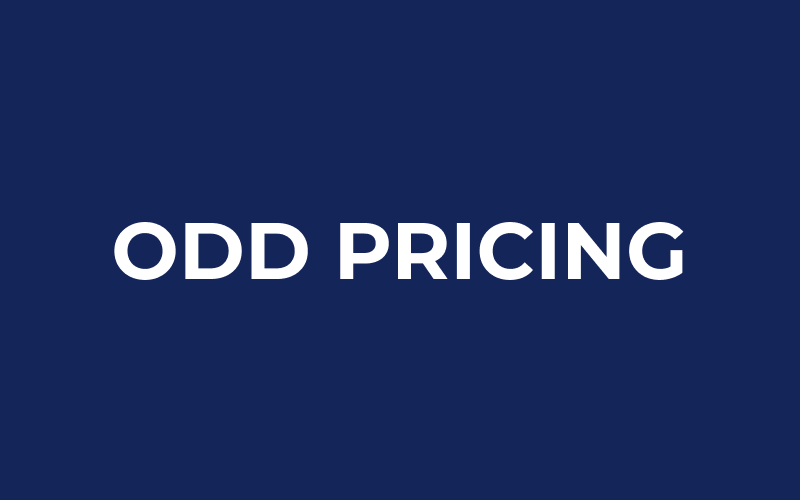
Odd pricing is a pricing technique that involves setting prices in odd numbers such as $0.99 or $1.97 instead of round numbers like $1 or $2. The goal of odd pricing is to make the product seem more appealing, as consumers tend to view odd prices as being cheaper or better value than even prices. […]
Brand perception

Brand perception is the way in which consumers perceive a particular brand in the marketplace. This perception can have a significant impact on the pricing strategy of ecommerce and retail businesses. Impact of brand perception on ecommerce and retail pricing One way that brand perception can impact pricing is through the ability to charge a […]
Stock level

In general stock level, also known as inventory level, refers to the amount of a specific product or products that a business has on hand at a given time. It is a key metric in inventory management and helps businesses ensure they have enough stock on hand to meet customer demand without overstocking and tying […]
Markup pricing
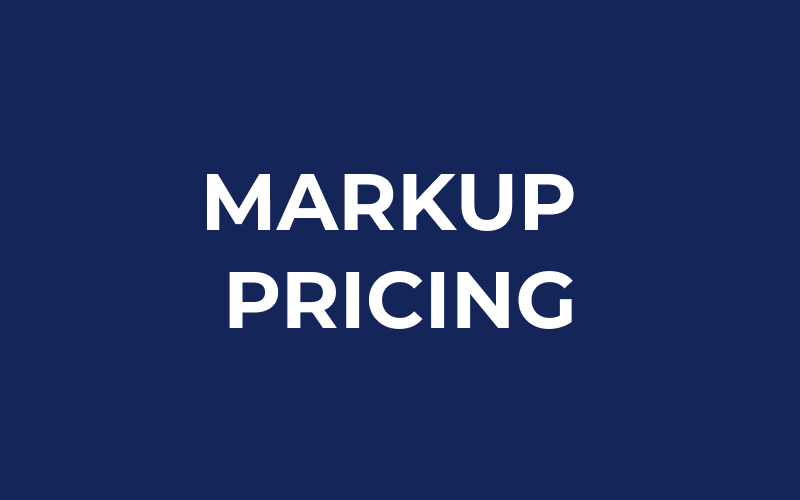
Is a pricing strategy that involves taking the cost of a product and adding a certain percentage on top of it to set the final selling price for a product. This method is used by many businesses as it provides a straightforward and predictable way of setting prices, and helps to cover costs and generate […]
Price transparency
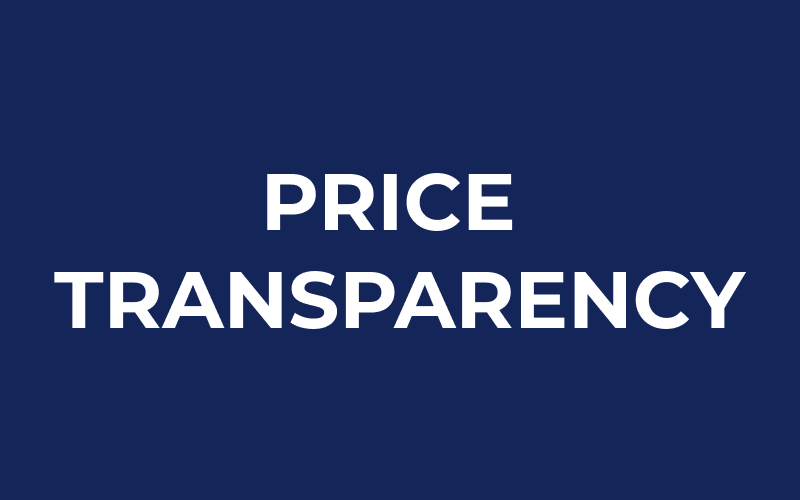
The concept of price transparency refers to the availability and accessibility of information about the prices of goods and services. In the retail and ecommerce industry, the practice has become a crucial aspect for both consumers and businesses. Impact of price transparency in ecommerce and retail pricing Consumers benefit from price transparency as it helps […]
Price point

Price point is a crucial factor in pricing within the ecommerce and retail space. Simply put, a price point is the specific price at which a product is offered for sale. In this post, we will explore how the price point of a product affects the overall pricing strategy for ecommerce and retail businesses. The […]

